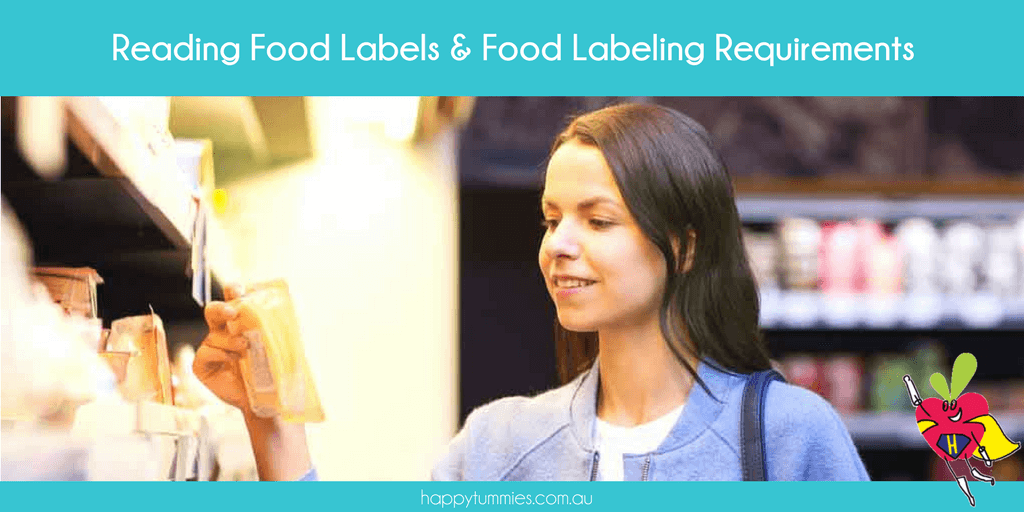Your Cart is Empty
One of the main problems that a lot of our customers at Happy Tummies have is reading food labels and understanding food labeling requirements.
In Australia currently, it's mandatory that foods containing the top 9 allergens have these identified on the pack. These include wheat, dairy, eggs, nuts, peanuts, soy, fish, shellfish and sesame. Sesame was just added this year and by next year it will also be mandatory to label lupin as an allergen as well.
The trouble is that labels are still hard to understand which leaves many of us calling manufacturers to get more information which is really time consuming. It's also a pain constantly reading every single label to try and find safe food for your family. At Happy Tummies, we've created a cool search function to save you time and I'll explain that to you later.

First here are my top tips on reading labels and a few tricky things explained:
Now one of the ways we've made it easier for you to find safe food for your family at Happy Tummies is to create a comprehensive allergen search, and we've gone a little further than the top 9 allergens. For the top 9, you can also search for products that are free of the allergen in the ingredients list, or free of traces of the allergens - you decide what's important.
Once you find the safe foods in a category for your family, it's just a matter of having a quick scan of the ingredients on those products which saves you looking at ingredients lists that are not safe. Watch the video I shot below as I search for safe food for my son Alex.
Note this allergy search function is available on mobile devices, but I'd recommend you do it on a laptop or desktop because you'll find it easier :-)
If you've got any tips or tricks to help other families about reading food labels let us know in the comments below. Lisa x
PS. Just in case you didn't realise, we're always happy to stock new items for families, even if we just get it in for you. We're also more than happy to chase up manufacturers and get information for you about traces in products - so if you need help, just ask!